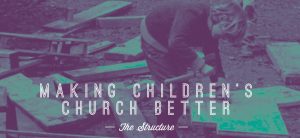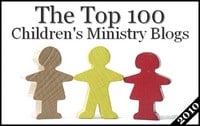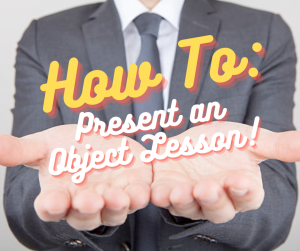 I’ve recently decided (after years of presenting Biblical Truths to children) that learning to present an object lesson effectively is one of the “Great Equalizers” in presentation-based children’s ministries. (One of the other ones is: effective storytelling… but, that’s for another post).
I’ve recently decided (after years of presenting Biblical Truths to children) that learning to present an object lesson effectively is one of the “Great Equalizers” in presentation-based children’s ministries. (One of the other ones is: effective storytelling… but, that’s for another post).
I love puppetry, ventriloquism, magic tricks, juggling, cartooning, crazy characters, etc.
If you want to learn more about a great organization that promotes and trains people to do those things, go to FCM.org
To find resources related to using magic tricks, try my resources at jamiedoylemagic.com
However, I’ve also come to realize that not every presenter at our various church locations has an interest in pursuing these various illustrative methods. But, if they can learn to effectively present an object lesson, they will elevate the experience for the children in the audience.
With that said, here are a few things YOU can do to help you better present an object lesson:
- KNOW WHAT you are going to say: Script it out… even just bullet points
- DO something with the Object/Prop —OR— Demonstrate what it does
- INVITE a volunteer or volunteers to use the Object/Prop if it’s appropriate
- Have a PLACE it starts so it’s hidden to begin with – This creates surprise
- Have a PLACE it goes to once you’re done – Sometimes its goes back to being hidden and sometimes it stays on display so you can refer back to it
- SIZE and COLOR… Make sure it can be seen and understood when viewed
- MUSIC in the background can help carry the message and create atmosphere
So… what else would you add to this list?
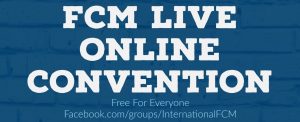
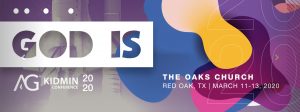
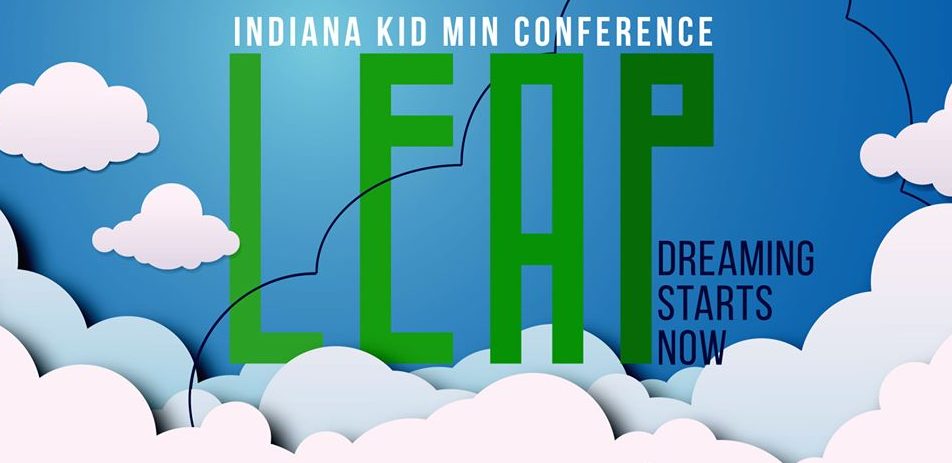


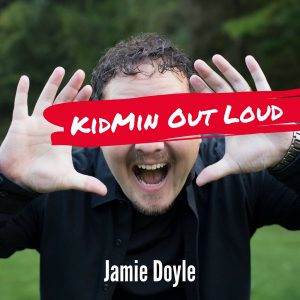
 If you’re like me (and I know I am), you put a lot of emphasis on teaching kids the Word of God every week – and in some cases, several times or venues a week.
If you’re like me (and I know I am), you put a lot of emphasis on teaching kids the Word of God every week – and in some cases, several times or venues a week.